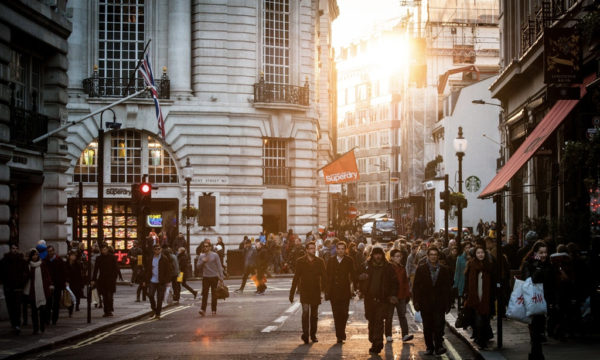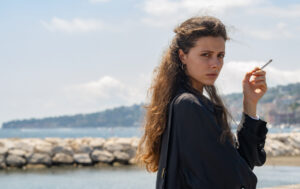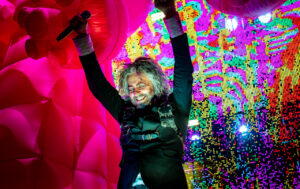Interview with Susana de la Puente: Art, investment and Hotel B

Susana de la Puente is an investment banker for Latin America who is currently focused on investing in startups and new technology-based business projects, as well as projects related to hospitality and gastronomy. Moreover, her greatest passion is art. Among her ventures, the renowned Hotel B stands out as the only arts boutique hotel in Lima, Peru, which has become one of the city’s main tourist, cultural and gastronomic attractions.
The famous Hotel B has been recognised as one of the best boutique hotels in the world and is the only art boutique hotel in Lima, Peru. This beautiful hotel, situated in the exclusive Lima neighbourhood of Barranco, was originally a mansion constructed in 1920, which, during the past century, served as the summer residence for some of Lima’s most prestigious families. After changing ownership several times throughout the last century, a group of friends acquired the mansion, designed by the French architect Claude Sahut, who was also responsible for significant architectural works like the Government Palace of Lima.
These friends and partners embarked on an ambitious rehabilitation project that endured two years until, finally, in 2013, Hotel B opened its doors, coinciding with Lima’s contemporary art fairs.
Today, Hotel B, encompassing numerous restaurants, bars, terraces and social spaces, has evolved into one of Lima’s primary tourist, cultural and gastronomic attractions. Next, Susana de la Puente will share her insights and perspectives on the art world. Specifically, the discussion will delve into her thoughts on Peruvian and Latin American art, as well as her attraction to the creative line of contemporary realism in Spain and ancient Japanese art.
What distinctive values does Peruvian art hold for you?
I believe Peruvian art is utterly unique and captivating. Its aesthetics and coherence arise from Peru’s history and its people, who have consistently displayed immense creativity. The art finds its roots in the wonderful pre-Columbian art, featuring ceramics and stunning textiles that exhibit natural colours drawn from native plants in the country. Peruvian art showcases an extraordinary richness and diversity, influenced by the splendour of nature and the biodiversity of its plant and animal life.
Which creative line of Spanish art in recent times attracts you the most?
In recent times, contemporary realism has been a notable trend in Spanish art. Artists such as Antonio López, Isabel Quintanilla, and Claudio Bravo especially pique my interest. These artists centre on an accurate representation of reality, creating meticulous and exact images of nature, architecture, and individuals. Contemporary realism serves as a valuable method to investigate the intricacy and elegance of the natural world. I also hold admiration for distinguished artists from Spain, like Picasso, an exceptional and unparalleled artist.
How do you assess artistic creation in Latin America today?
Artistic creation in Latin America is exceptionally vibrant and imaginative. Presently, there is a specific allure to indigenous art, and remarkable artwork is surfacing from these communities. North American art also captivates me, as the artistic movement there stands as the most robust globally, characterised by an awe-inspiring level of production, creativity, significance, and acknowledgment. The ecosystem underpinning art in the Americas is thriving.
Do you follow artistic creation in Asia?
I do not closely follow contemporary Asian art; however, there is an influential movement within it. Among contemporary artists, Yayoi Kusama garners my true admiration. Conversely, I harbour significant interest in ancient Japanese art, specifically the drawings on paper.
The editorial unit

























Facebook
Twitter
Instagram
YouTube
RSS